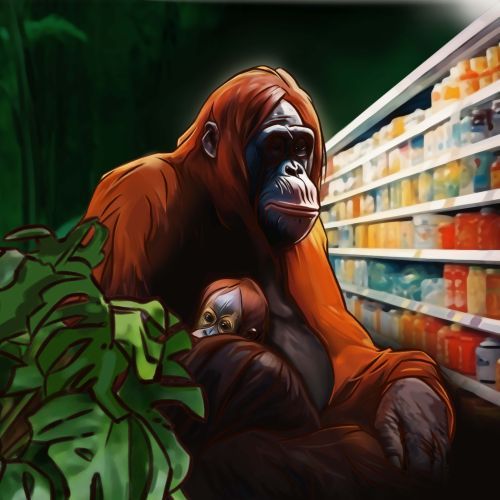Modern man evolution and the human body made of bags
Is the modern man still evolving? According to Michael C. Granatosky, an evolutionary biomechanist at the New York Institute of Technology, “We view evolution as survival of the fittest and an epic battle between individuals fighting for a mate […]. Meanwhile, evolution means change in the gene pool of a population over successive generations.” According to Jason Hodgson, an anthropologist and evolutionary geneticist at Anglia Ruskin University, both modes of evolution – genetic drift and natural selection – continue to influence the human species.
For example, the size of the human brain is evolving, having decreased over the last 10,000 years. Man has also adapted to new food sources – for example, he has developed the ability to tolerate milk in adulthood. As the human population moved to areas with different climatic conditions, human skin colour changed. Due to plagues such as the Black Death and smallpox, resistance to various diseases appeared. The recent COVID-19 pandemic may also have resulted in evolutionary pressure on the human species.
According to science journalist Bethany Brookshire, “Our bodies are like bags. Bags stuffed into other bags, stuffed into even more bags.” The skin is a multi-layered sac that holds the insides. The stomach and bladder also resemble bags; the pericardial sac protects the heart. The brain and spinal cord are wrapped in three sacs – the meningeal layers – and another sack is the blood-brain barrier. The uterus, placenta, and each cell are also bags-like a membrane separating its contents from the outside world.























